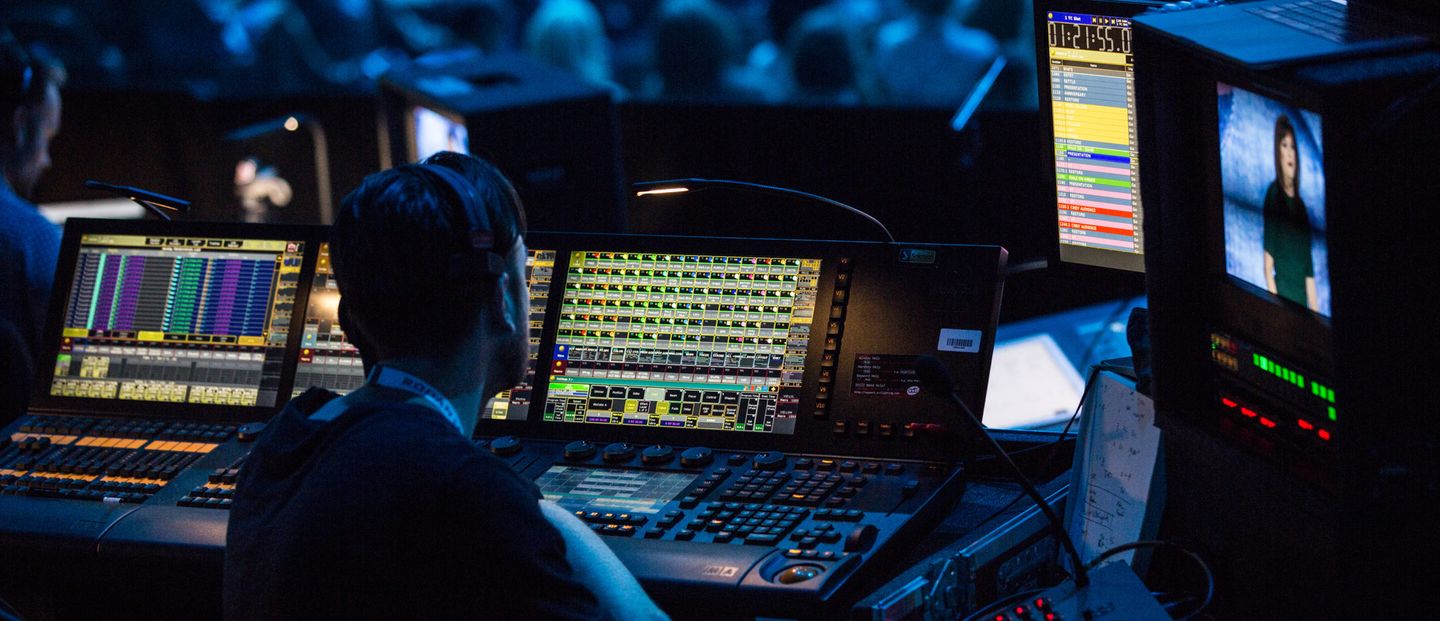Reliable Your Event Source Charlotte Services for Special Celebrations.
Why Event Resource Solutions Are Vital for Seamless Event-Driven Architectures
In the world of contemporary software program development, event-driven styles are increasingly widespread, yet their effectiveness pivots on the execution of robust event resource services. As sectors shift in the direction of real-time information processing, recognizing the implications of occasion sourcing becomes essential.
Recognizing Event-Driven Architectures
Event-driven designs (EDAs) represent a standard change in making software application systems, where the circulation of details is established by the incident of occasions. This architectural design advertises a decoupled technique, allowing different components to interact asynchronously. In EDAs, events serve as the main methods of communication, causing processes or workflows in reaction to particular incidents, such as user actions or system changes.
The key components of an EDA include occasion manufacturers, which generate occasions; occasion customers, which respond to events; and event networks, which help with the transmission of occasions in between manufacturers and consumers. This structure boosts system responsiveness and scalability, as parts can separately process events without the demand for simultaneous communication.
Additionally, EDAs allow real-time data handling, making them ideal for applications needing immediate understandings-- such as fraudulence detection in financial systems or checking IoT gadgets. They also support an even more dexterous growth setting, permitting groups to iterate quickly and release new features with marginal disruption to existing services.
The Duty of Event Resource Solutions
While different components in an event-driven style depend on effective interaction, event resource options play a vital duty in generating and managing the circulation of events. These services function as the first factor of event creation, catching changes in state or individual activities and equating them right into events that can be circulated via the system.

Moreover, they facilitate the decoupling of producers and consumers within an architecture, allowing systems to scale independently. This decoupling is vital for enhancing system resilience, as it minimizes dependencies that can or else bring about traffic jams or solitary points of failure.
Benefits of Real-Time Information Handling
Real-time information processing dramatically boosts the capacities of event-driven architectures by enabling prompt understandings and actions based on the most recent info (your event source charlotte). This immediacy not only speeds up decision-making yet additionally increases the significance and accuracy of those decisions. Organizations can respond to events as they take place, reducing view publisher site latency and improving operational agility
One of the main benefits of real-time data handling is the capacity to capture and examine data constantly. This promotes positive measures rather than responsive reactions, allowing organizations to expect fads and prospective issues prior to they escalate. For instance, in industries such as money or ecommerce, real-time analytics can recognize deceitful transactions or client behavior modifications, permitting quick interventions that alleviate risk and enhance customer satisfaction.

Inevitably, the combination of real-time data processing into event-driven styles encourages companies to harness the full capacity of their data, driving innovation and competitive benefit in a significantly vibrant market.
Enhancing System Communication
Effective communication between systems is crucial for the success of any type of event-driven design. Event source services promote this interaction by offering a robust structure for catching and transmitting occasions in genuine time. By standardizing just how systems produce and eat occasions, these services remove uncertainty and foster interoperability, allowing inconsonant our website systems to work with each other effortlessly.
The use of occasion streams allows systems to react immediately to changes, making sure that all components are straightened and notified. This responsiveness is essential in settings where timely information exchange directly influences decision-making and overall system efficiency. Moreover, event source remedies provide devices for event filtering system, transformation, and directing, enhancing the effectiveness of data circulation between systems.
Additionally, by carrying out a publish-subscribe version, event source options decouple system parts, enabling higher adaptability and scalability. This decoupling means that systems can develop separately, making it less complicated to integrate new capabilities or change existing components without interrupting general interaction.
Future Fads in Occasion Sourcing


Another substantial pattern is the rise of cloud-native occasion sourcing services. These systems he said take advantage of the scalability and flexibility of cloud framework, allowing companies to effectively take care of and keep vast quantities of event information without the overhead of conventional systems. This shift advertises higher accessibility and partnership across teams.
In addition, the adoption of microservices design is affecting occasion sourcing practices. As companies increasingly section their applications right into smaller, independent solutions, event sourcing supplies a durable mechanism to preserve information consistency and stability throughout these distributed systems.
Final Thought
In conclusion, occasion resource solutions offer as a vital structure for seamless event-driven architectures, allowing reliable event generation and administration. By promoting asynchronous communication between parts, these solutions enhance system durability and advertise the independent evolution of services. The advantages of real-time information processing and improved system communication emphasize the importance of adopting event sourcing methods. As the need for durable dispersed systems rises, the relevance of occasion resource services will certainly remain to expand, shaping the future of event-driven design.